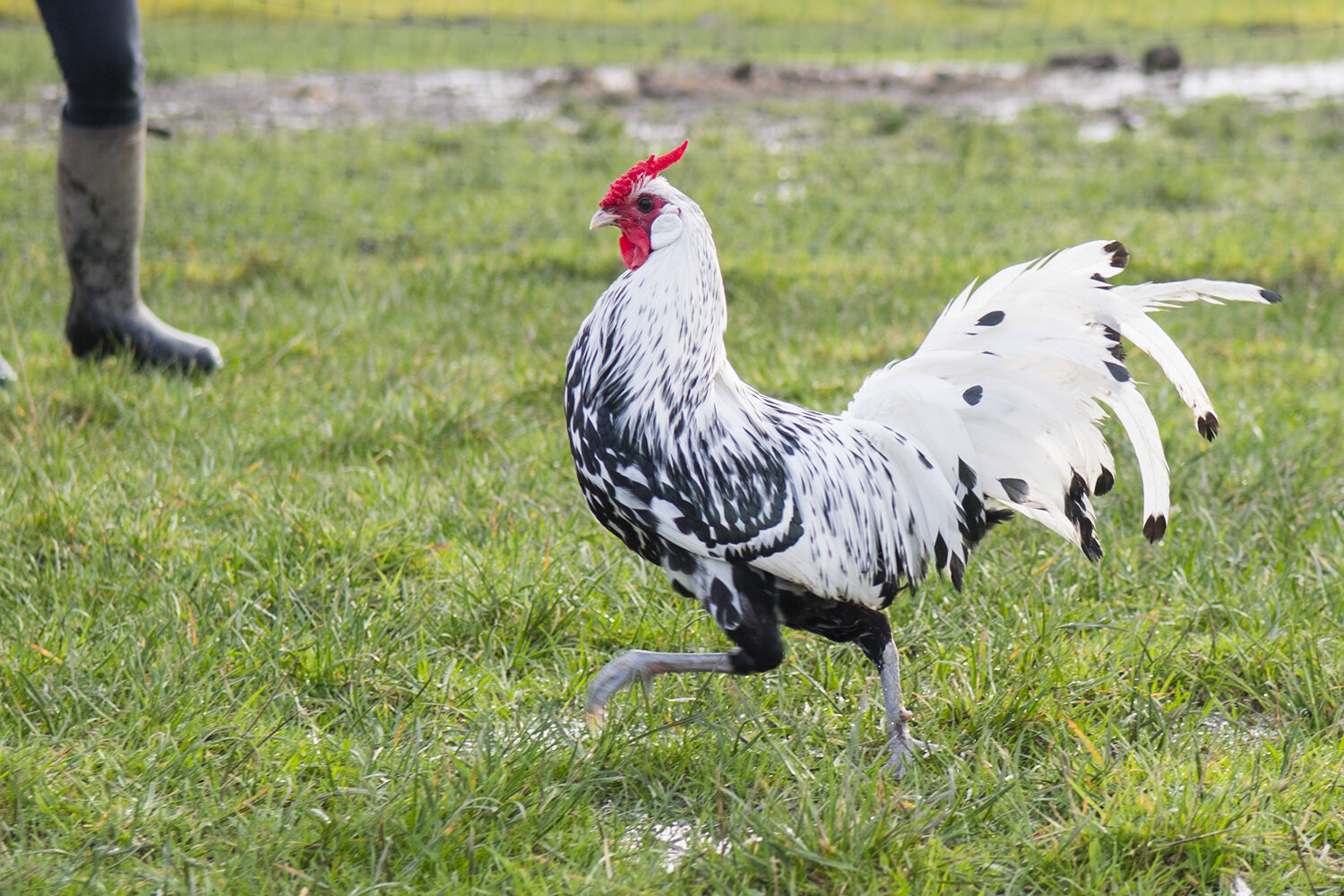As the seasons change and winter's chill settles in, you may have noticed a subtle transformation in the colour of yolks in the eggs laid by your backyard hens. The vibrant golden yolks of summer may have given way to paler shades. But what causes this change, and why do yolks become less vibrant during the winter months?
The answer lies in the availability of fresh green grass for your hens to graze on. During the warmer months, when the days are longer, grass grows abundantly, providing a rich source of nutrients for your hens. This lush diet results in deeper, more intense yolks in the eggs they lay.
In contrast, during the winter, the grass growth slows down or even goes dormant in some regions. The reduced access to fresh greens has a direct impact on the colour of the yolks. Here's how it all works:
Carotenoid Content: The colour of egg yolks is primarily influenced by the presence of carotenoids, natural pigments found in plants. These pigments are absorbed by the hen's digestive system when they consume green, leafy vegetation. Carotenoids are then deposited in the yolk, giving it that deep, golden hue.
Seasonal Variation: As the availability of fresh grass decreases during the winter months, so does the intake of carotenoids. This results in a gradual reduction in the carotenoid content in the yolks. Consequently, the yolks become paler in colour.
Nutrient-Rich Diet: While the winter diet may lack carotenoids, it doesn't necessarily mean your hens are less healthy. Most backyard flock owners compensate for the lack of fresh greens by providing a nutrient-rich diet that includes grains, vegetables, and supplements. This ensures that your hens receive a well-rounded diet even when access to green grass is limited.
Natural Variation: It's important to note that some hens naturally produce eggs with lighter yolks, while others consistently lay eggs with deep, golden yolks. Genetics and breed characteristics also play a role in the colour of yolks.
While the paler yolks in winter eggs might not be as visually striking, they are still just as nutritious as their summer counterparts. The flavor, texture, and nutritional value of the eggs remain consistent year-round. As the days grow longer and grass regains its vitality in the spring, you'll likely see a return to those vivid, golden yolks.
In summary, the colour of hen egg yolks changes with the seasons due to variations in the hens' diet, specifically their access to fresh green grass. The reduction in carotenoid intake during winter leads to lighter-coloured yolks. So, the next time you crack open an egg with a pale yolk, remember that it's a natural part of the seasonal cycle and doesn't diminish the quality or taste of your homegrown eggs.





















